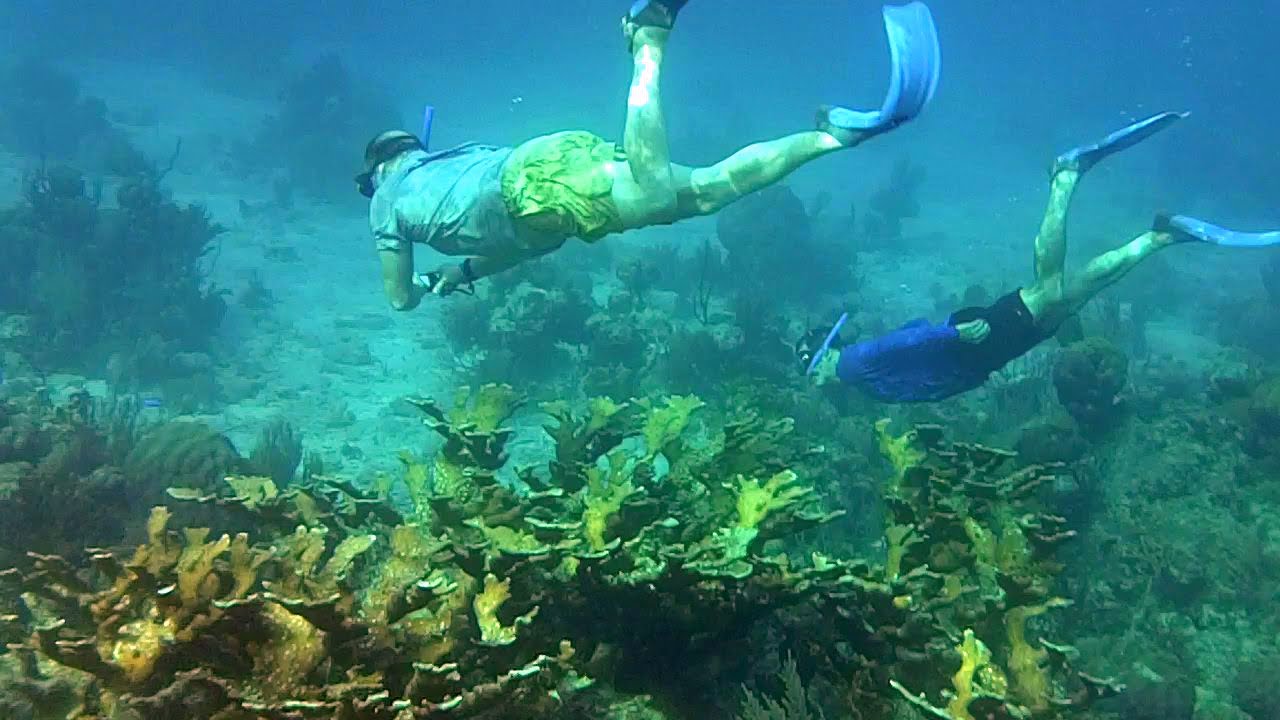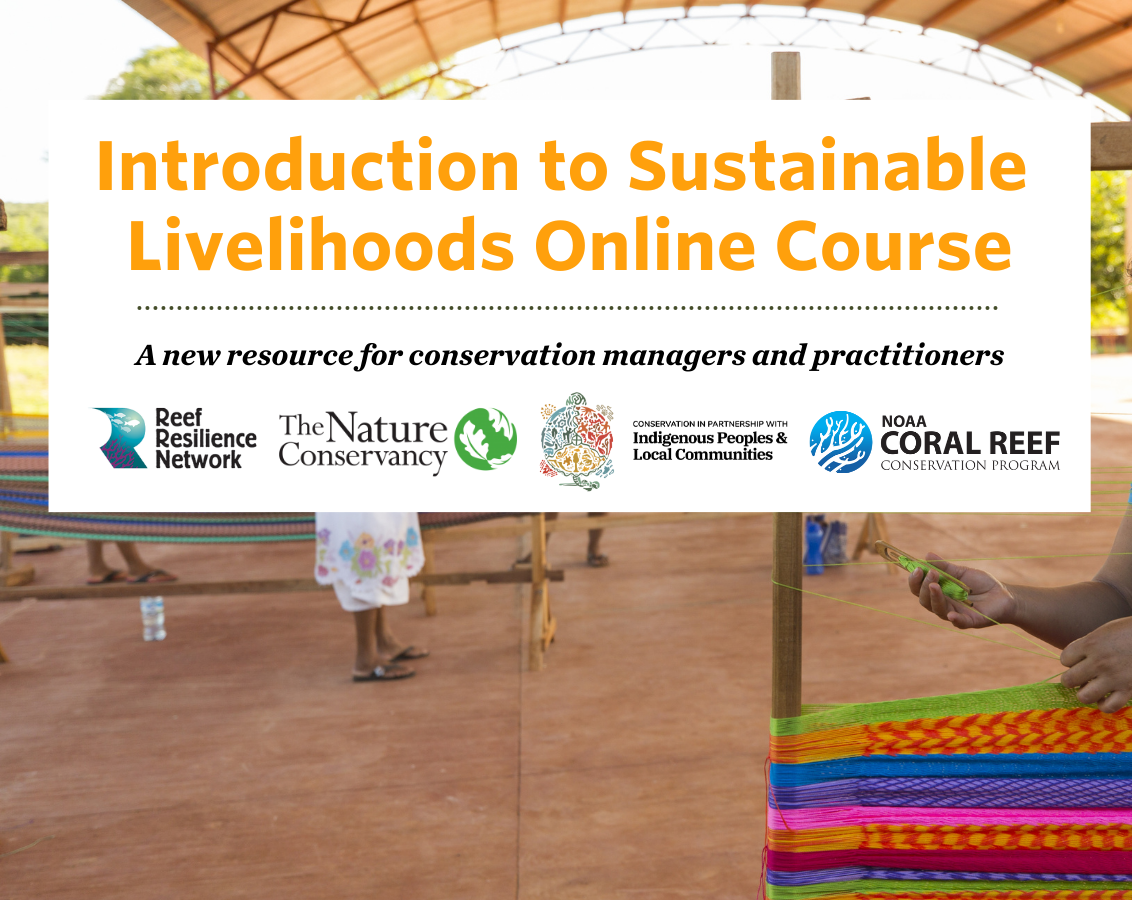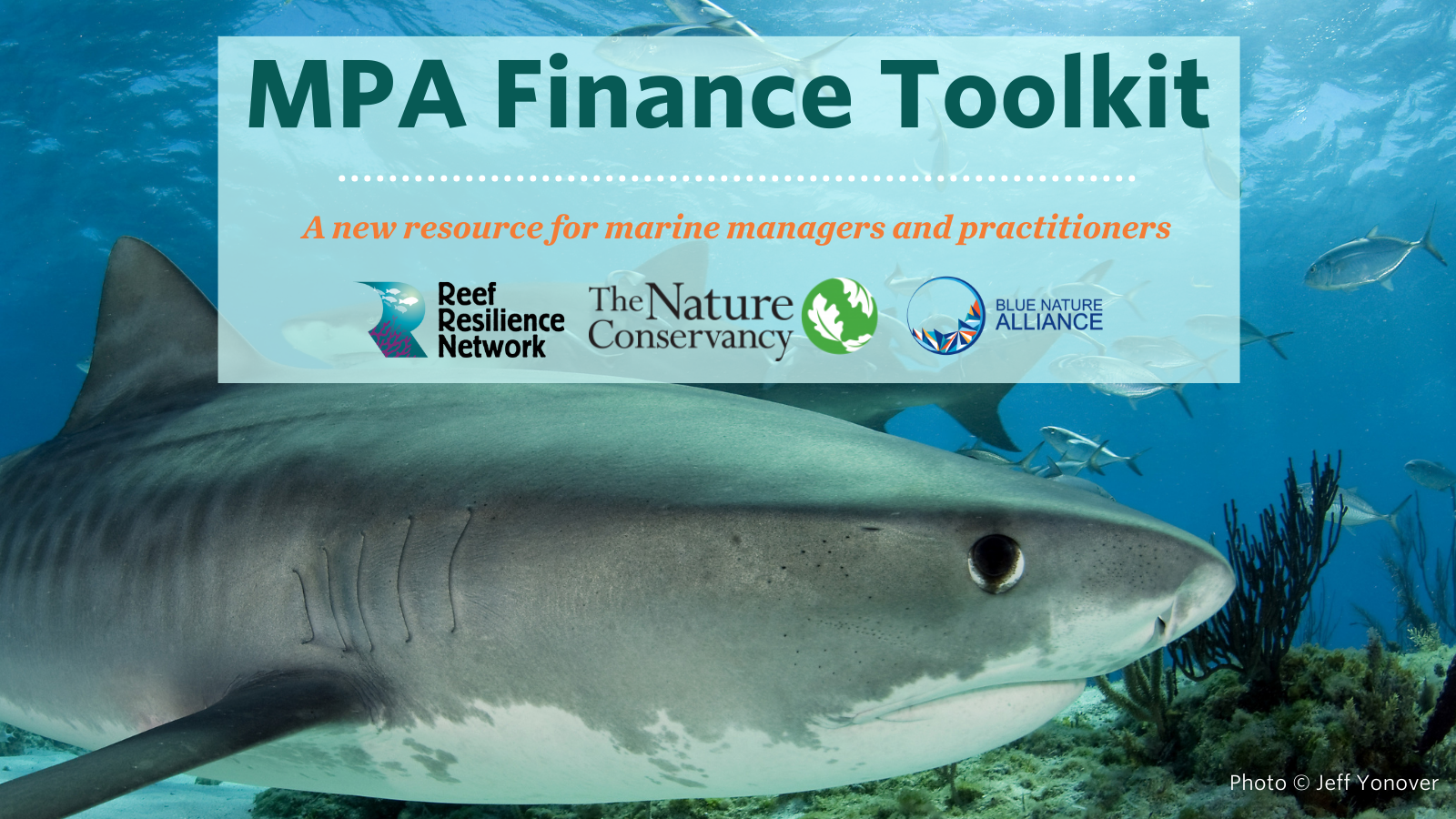Roughly the size of Florida, Cuba is the most ecologically diverse island in the Caribbean with more than 10,000 endemic plant and animal species. The country’s coral reefs span 1000 sq. miles and represent a third of all reefs in the insular Caribbean. Cuba’s healthy marine ecosystems are crucial for regional coral larvae dispersal and fisheries production that not only benefit the Caribbean region, but also the southeastern United States.
The Nature Conservancy has partnered with Cuban conservation agencies for more than 20 years, providing trainings such as protected area management and planning, GPS and GIS, coral reef monitoring, climate adaptation, and sustainable tourism that otherwise would not be available. During this time, the Conservancy has also mapped coral reefs, sea grasses, and mangrove forests within protected areas – these maps have been used to facilitate monitoring and targeted protection of these high-biodiversity locations. The Conservancy’s commitment to Cuba has made us one of the few organizations that have an excellent active working relationship with conservation agencies in Cuba. The Conservancy supports conservation agencies in Cuba by responding to their existing commitments and training government and NGO staff in skills necessary to advance marine and terrestrial conservation. Through funding from the China Global Conservation Fund and private donors there are currently plans to develop a comprehensive conservation blueprint for the island using new mapping techniques to improve existing data and refine it through expert knowledge. These products will be integrated within an information system to evaluate conservation and development scenarios—providing guidance about habitat protection, natural resource development and mitigation.
Dr. Luis Solórzano, Executive Director of the Caribbean Program, Mr. Raimundo Espinoza, Program Manager for Cuba, and Dr. Steve Schill, Senior Scientist for the Caribbean Program have all played integral roles in advancing collaborations and conservation efforts in Cuba. We asked them a few questions about The Nature Conservancy’s work in the country and here’s what they had to say:
RR: What do you see as the greatest challenges for Cubans working in coral reef conservation?
Mr. Raimundo Espinoza: Cuban conservationists are very passionate, creative, and have high academic standards. However, limitations with everyday technology, such as slow Internet speeds and restrictions on software needed for scientific analysis, are challenges they face on a daily basis. Specifically for coral reefs, Cuban reefs represent over one third of all reefs in the insular Caribbean presenting challenges for monitoring and management of such a vast area. Nonetheless, Cuba has some of the more pristine reef systems in the Caribbean. The lack of massive coastal development and low nutrient and sediment flows onto Cuban reefs provide a hypothesis as to why these systems have been able to maintain their integrity compared to many others degrading systems in the Caribbean.
A potential threat of increased development will likely be a challenge in keeping Cuban coral reef systems healthy. We are currently working with Cuban conservation agencies to identify the best way to achieve coral reef conservation and work towards maximizing the ocean’s benefits to people, while maintaining healthy marine habitats.
RR: What is TNC doing to help address these challenges?
Mr. Raimundo Espinoza: We currently have two major efforts underway. The first is the Cuba Conservation Blueprint, which will be undertaken in collaboration with Cuban conservation agencies. The blueprint will guide efforts to focus conservation in areas of high ecological value, which will help Cuba make informed decisions about future development in ways that will promote sustainable use without sacrificing ecological integrity. In addition, the Conservancy will be building capacity for enhanced coral management and restoration in Cuba by establishing coral nurseries in partnership with the Cuban National Center for Protected Areas at the Elemento Natural Destacado- Sistema Espeleolacuste, a Protected Area within the Ciénega de Zapata ecosystem. We are also providing coral reef managers with current science, best practices, and tools necessary to establish and manage Cuba’s first coral nursery.
RR: What are the expected outcomes of the Cuba Conservation and Development Blueprint?
Dr. Steve Schill: The Cuba Conservation Blueprint will provide an improved and updated spatial database of terrestrial, freshwater, and marine habitats as well as socioeconomic activities throughout Cuba. These features will be consistently mapped at much greater accuracy than previous datasets that are outdated, inaccurate, or mapped at inadequate scales. Through this process, we will identify protection gaps that will ultimately lead to the design of an optimal protected area network that efficiently meets identified conservation goals for terrestrial, freshwater, and marine systems.
This improved network of protected areas will help to preserve ecological function and long-term viability of these systems throughout Cuba. In addition, we will host a series of workshops and meetings to educate, raise awareness and build common consensus for a smart conservation agenda. This agenda will prioritize and guide conservation efforts, helping the government make informed and smarter choices about future development in ways that will promote sustainable use without sacrificing ecological integrity.
RR: How is The Nature Conservancy’s work in Cuba important for conservation efforts in the Caribbean Region?
Dr. Luis Solórzano: Cuba is the largest island in the Caribbean and one of the top 20 largest islands worldwide and therefore has one of the highest conservation values in the region. The island hosts high levels of endemic species, is important for migrations of birds from North America, and holds a healthy genetic bank of marine species for the region. In addition, Cuba is well preserved due to low-impact agriculture and development and low human population density.
With changes in the U.S.A. – Cuba diplomatic relations, a potential for increased economic activities could fuel changes in land-use in sectors such as agriculture, oil, mining, tourism, and immigration. The Conservancy is working to protect and conserve the Caribbean’s natural resources and so any regional conservation goal and strategy need to include Cuba to secure biological representation and biogeographical connectivity. We will work with Cuban partners to complete the conservation blueprint for the country, and support the design and implementation of a network of effectively managed protected areas. The goal of these efforts is to capture the biological richness of Cuba’s marine and terrestrial ecosystems and engage with different sectors to achieve development goals, while preserving the environmental integrity and the country’s natural richness. Cuba has the potential to become an example of true sustainable development in the 21st century, where human development needs and aspirations are met without eroding the life support systems that maintain us all.



